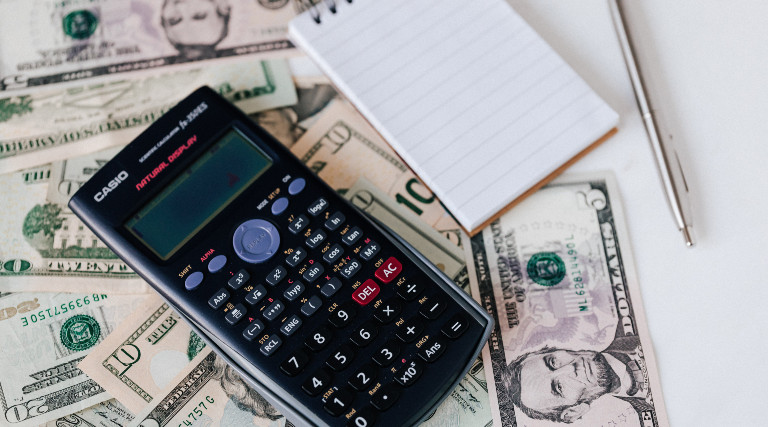In the past, people’s creditworthiness was assessed based on interpersonal communication, reputation in the community, and personal relationships. Today, this credibility is assessed through credit history.
A credit history reflects a person’s financial decisions, years of spending habits, repayment terms, and debt management. Together, let’s decode how credit history is built.
What is a credit history?
Just as history measures events and activities over time, credit history reflects a person’s financial activities over a lifetime. A credit score is a three-digit number, usually between 300 and 850, that describes a person’s creditworthiness.
The higher the credit score, the more financially reliable the person appears to potential lenders. Credit history is crucial if you want to know whether a personal loan or a mortgage is possible.

How credit history is built?
If you’ve come to this article, you’ve probably asked yourself -how is my credit history built? A credit score is like a jigsaw puzzle because it comprises different pieces of financial history.
Several factors are taken into account when determining this hard-to-get number:
- Payment history (35%): Includes punctuality of credit card payments, loans, and other bills.
- Credit utilization (30%): Measures the amount of available credit you use. A ratio of under 30% is generally favorable.
- Length of credit history (15%): Evaluate the duration of your oldest and newest account and the average age of all your funds.
- Types of credit in use (10%): Considers the mix of credit cards, retail accounts, installment loans, etc.
- New credit (10%): Number of recently opened accounts and inquiries into your credit report.

Interpreting results
Just as historians interpret events, consumers must learn how to solve their credit rating and its meaning. Credit scores typically range from 300 (poor) to 850 (excellent).
Here is a simple breakdown with examples:
300 – 579 – Poor
Example: John missed multiple credit card payments and declared bankruptcy last year. His current score is 520, placing him in the “Poor” category. This category could mean higher loan interest rates and difficulties getting credit approval.
580 – 669 – Fair
Example: Lisa occasionally misses her utility bills but always pays her credit card on time. Her score is 650, indicating she’s in the “Fair” range. She might get loan approvals, but only sometimes with the best interest rates.
670 – 739 – Good
Example: Carlos has a mix of credit types, has never missed a payment, but keeps a high balance on his cards. With a score of 710, he falls under the “Good” range and is likely to get loan approvals with moderate interest rates.
740 – 799 – Very Good
Example: Aisha uses her credit card regularly but ensures she’s utilizing only 20% of her available credit. She’s been consistent with her payments, giving her a score of 760, which is considered “Very Good”. She can expect better-than-average interest rates and loan terms.
800 – 850 – Excellent
Example: Raj has been meticulous with his finances for decades. He owns a diverse range of credit accounts and maintains minimal balances on his credit cards. His impeccable financial habits earn him an 830, placing him in the “Excellent” category. He’ll be welcomed by lenders with open arms, getting the best terms and lowest interest rates available.
Understanding where you are in this range helps you set financial goals to improve your credit rating and keep it high. The better the score, the better the terms when borrowing money or seeking credit.
A higher credit rating increases the likelihood of getting loans with favorable terms and lower interest rates. On the other hand, a low score may limit your options or raise interest rates.
Modern trends in credit evaluation
Like any field, credit assessment is not static and continues to evolve. Traditional credit scoring models are now supplemented with alternative data such as utility bill payments, rents, and social media activity.
Fintech companies and some advanced banks use artificial intelligence and machine learning to give a more complete picture of a person’s creditworthiness.
Conclusion
We go back in history to learn from it. The evolution of credit ratings serves as a reminder of our financial journey – where we have been, where we are, and where we aspire to be.
Keeping track of your credit history doesn’t just mean that you’ll be able to get a loan. Being responsible about your credit history contributes to a robust financial position.
There are more interesting posts on our website:

Sveiki,
Grāmatvedība un tā pasaule ir tik apjomīga, ka mācīties var visu mūžu. Tā regulāri mainās un jāturpina mainīties līdzi laikam. Zināt visu nav iespējams, bet saprast procesu ir pavisam kas cits.



